The agricultural sector of today is hardly comparable to what it was 30 years ago. During this time period the used acreage only slightly reduced but about two thirds of the farms in West Germany closed down by now (ca. 890 000 farms). Consequently, the remaining farms have increased their used acreage considerably. Partially aided by new financial models, at the moment large, complex companies increasingly develop, that try to use technical possibilities as well as the economic and legal framework in the best way. In regions with a high density of pig and poultry as well as in East Germany, where large companies and large plots dominate agricultural structures, there are developments which considering the aims of agricultural policy one needs to question.
There is only little sound knowledge of new investment and management models, since these are hardly collected through official statistics. Being aware of structures, their development and essential factors influencing them is however an important pre-condition to design effective policy measures
Therefore, at the Institute of Farm Economics we investigate the following research questions:
- What is the status quo and which development tendencies exist regarding farm and business structures?
- Which new ownership and management systems are in place? What are their drivers and how do they influence production volume and systems, competition and company structures?
- How is the data availability regarding farm and enterprise structures and in the case of deficits how could data collection be improved?
- Which economic and legal factors mainly influence farm and business structures?
- Which impact on farm and business structures can we expect from political measures targeting farm structures?
At the moment, questions regarding farm and business structures as well as modern ownership and managements systems are in the focus. In our research we apply different methods which depending on the topic are combined.

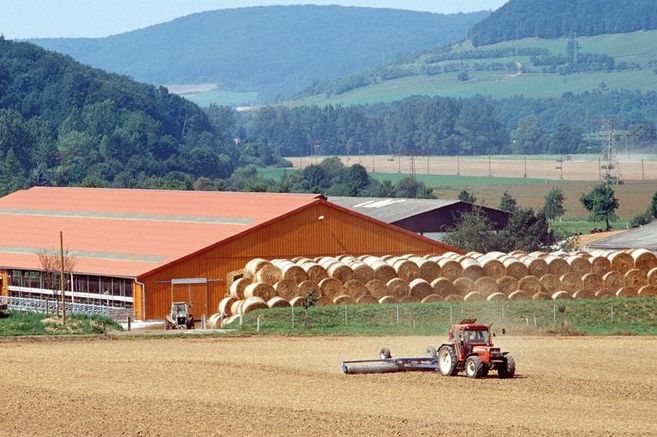

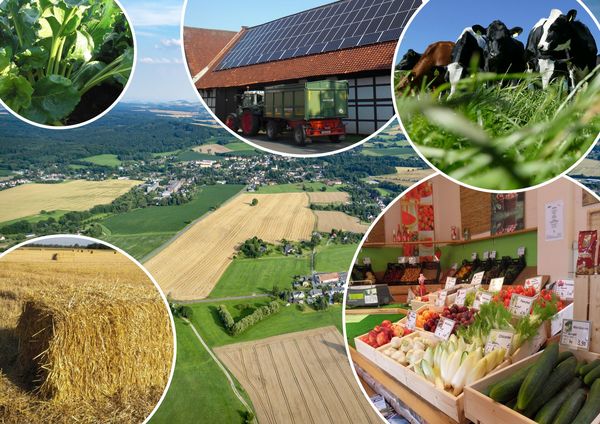
![[Translate to English:] 5-State-Evaluation: Effects of farm income diversification support](/media/_processed_/4/0/csm_2552_Hofladen_BernhardForstner_feb585bcfc.jpg)
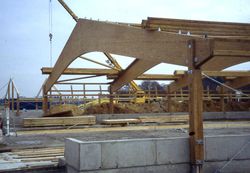
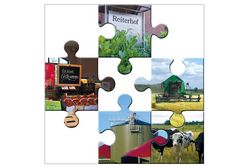

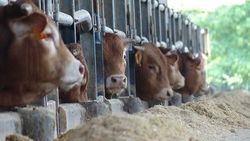
![[Translate to English:] LAMASUS - Modellierung von Landnutzung und -management für eine nachhaltige Steuerung](/media/_processed_/9/a/csm_2579_Lamasus-color-positive_11dc120efd.png)
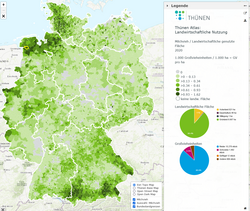
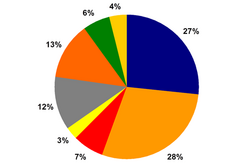
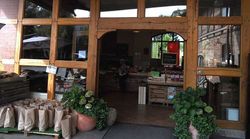
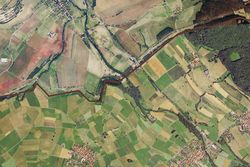
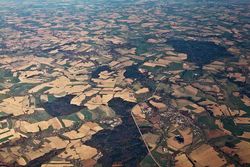
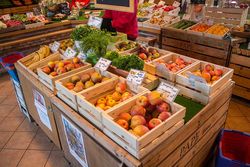
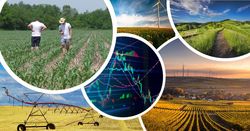
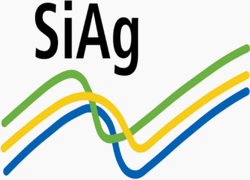
![[Translate to English:] Logo des Bundesministerium für Ernährung und Landwirtschaft](/media/allgemein/logos/BMEL_Logo.svg)